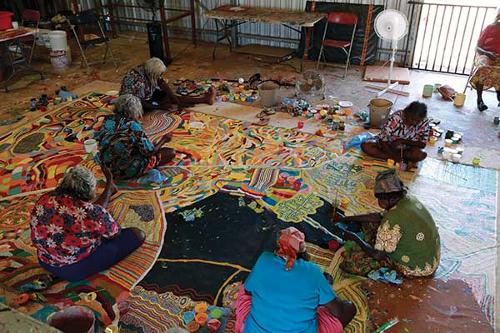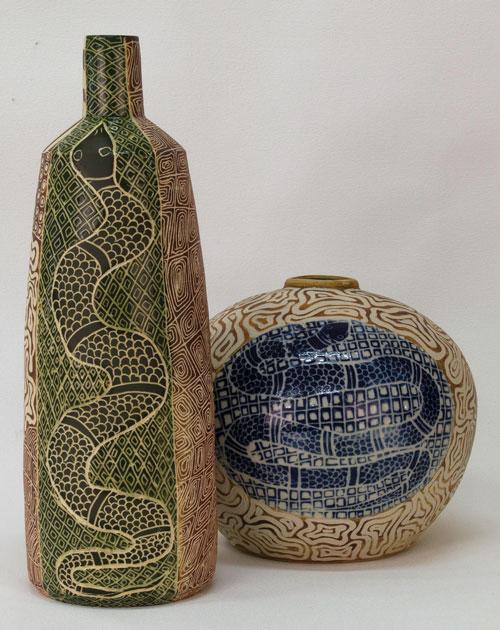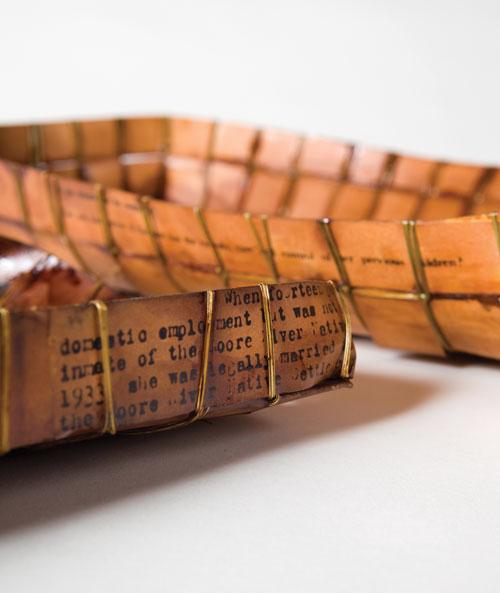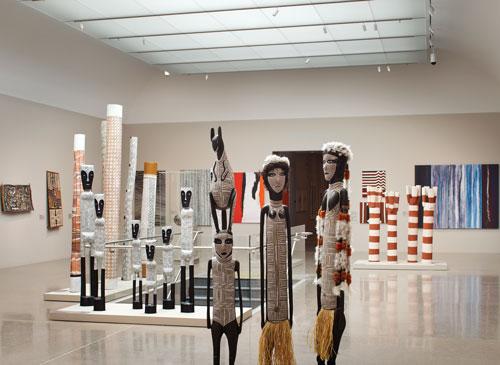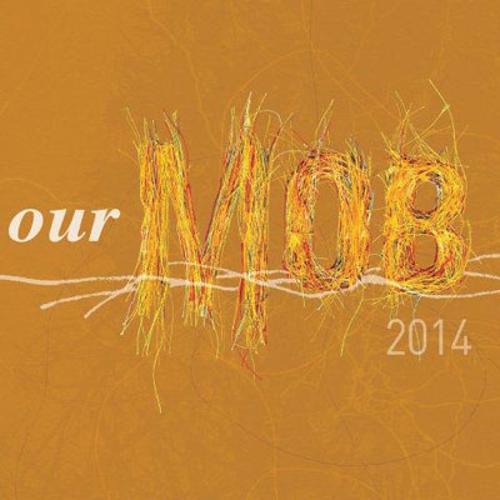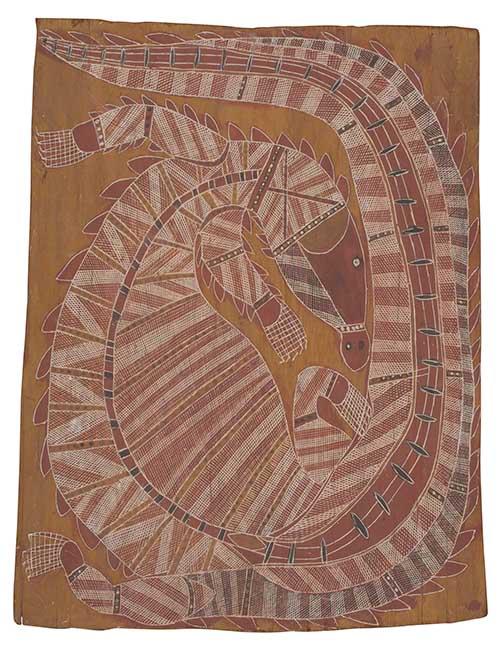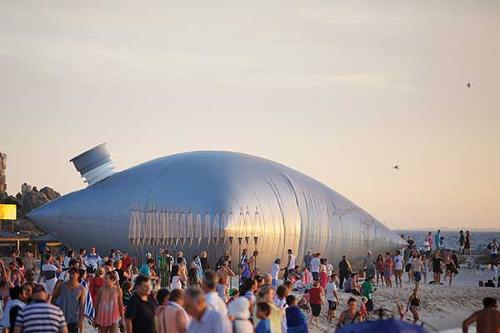
A declarative concern with mortification, embarrassment and exposé has characterised Stuart Ringholt’s work over the last decade. Notorious for his self-deprecating performances which interpolate moments of humiliation within the everyday — walking in public with toilet paper trailing from the back of his pants, travelling on public transport chewing a biro until the ink seeps over his lips, or wearing secondhand clothing with price tags demonstrably on view – Ringholt has ventured into the territory of un-decorum from which most of us steer well clear.
Anyone who has returned from a restaurant bathroom with their skirt tucked into their underpants or spoken authoritatively with morsels of spinach stuck between their teeth will share in silent solidarity with Ringholt’s cringeworthy performances. The artist has harnessed these potential everyday faux pas in works such as Embarrassed (2001-03) and Funny Fear Workshop (2004): the latter an active recruitment of the gallery-going public into facing their fears of such quotidian mishaps through pre-emption and voluntary enactment.
In the recent survey show Stuart Ringholt: Kraft, traces of these socially outré acts are apparent but amplified into more maverick form. There’s a reclamation of the foolish, the silly or daring which mark the limits of socially sanctioned behaviour. The exhibition is a farrago of Ringholtisms, from the deft visual interventions of his porno collages to the horizontal gags of his scatter work Low Sculpture (2008). In Nudes (2013) Ringholt shows his vintage taste in porn magazines, eschewing the hardcore for something much more benign, and retro to boot. These images comprise a series of found photos of naked or scantily clad men and women posing in domestic interiors whose 1970s décor proves the perfect mise-en-scène for the artist’s collage method of covering over the bare genitalia of the subjects with an assortment of kitsch furniture or objects d’art. For an artist who has no qualms about getting his gear off, it’s a false modesty and therein lies the irony of the jest. Low Sculpture continues the strategy of sexual displacements with its motley composite objects strewn across the gallery floor; a pumpkin punctured by an insecticide bottle, a cabana sausage snuggled in a woollen beanie, another protruding vertically from a plastic hamburger. The artist refers to this floorwork as a kind of ‘dark pop’.
One of the mainstays of Ringholt’s practice are his notorious nude gallery tours undertaken in public venues such as MONA in Hobart and the NGV in Melbourne, where visitors are invited to disrobe along with him to view artworks in the buff. Club Purple, the centrepiece of the current MUMA survey exhibition, is a lively extension of this. Taking up a third of the gallery’s floorspace, it is a nude disco whose entry is permitted only to those willing to undress and dance naked to any of the 6,000 dance tracks listed on an electronic jukebox. It’s a strategy that divides audiences into two camps: those who will and those who won’t. When visiting the exhibition, this writer did not anticipate entering but an impulse to do so arose and the experience was exhilarating. Boogieing in the buff to Pseudo Echo’s cover of Funkytown made me realise how restrained we are in everyday life.
Adjacent to Club Purple is Ringholt’s newly commissioned work courtesy of the Katherine Hannay Trust, Untitled (2014), an oversized functional mantel clock. Exquisitely fabricated with its componentry visible from the rear, the clock is run by a PLC program controlling the movement of the second hand recalibrated to chart a 575-day year instead of a 365 and a quarter day year. In other words, it is a fast clock, whose visible rotations compress the 24-hour day into a span of 18 hours. A perversion of the solar system and a face-to-face encounter with accelerated time, the clock materialises the pressures of metric time; how we never seem to have enough of it and how it passes so quickly. By warping our ordinary experience of time, Untitled (2014) is both a jolting reminder and physical representation of the anxiety-provoking nexus between temporality and subjectivity.
Stuart Ringholt has premised his artistic practice on an exploration of whether art can be useful – of practical assistance to everyday living. By highlighting the borders of cultural and social convention, he offers us an inroad into a territory of ‘un-convention’, the possibility to expand our experiential parameters and think our bodies in the world afresh.

